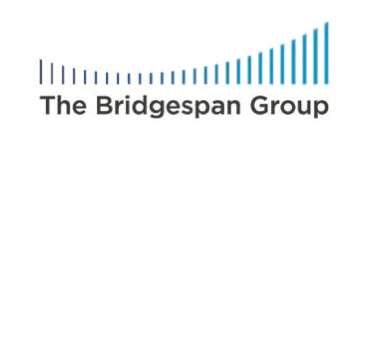Most nonprofits see cost as a barrier to growth. Not so Akshaya Patra, which provides lunchtime meals for 1.6 million students, and Educate Girls, which uses a community-powered approach to enroll and support girls in school.
Instead, these India-based organizations treat cost as a lever that’s within their control. By using centralized, high-efficiency kitchens for example, Akshaya Patra has ensured that each additional meal it serves costs only pennies, even as it prepares higher quality meals than those its peers can offer.
Meanwhile, Educate Girls bases its operating model on trained volunteers, which translates into lower start-up costs when the organization opens in a new location.

And they’re not alone in reaping rewards from strategic cost management. Aravind Eye Hospital, the US-based College Summit, the YMCA of the USA, the Financial Clinic, and other organizations are also using cost management to open up promising new avenues to sustainable growth.
The benefits that accrue to these nonprofits are as varied as their innovative approaches to managing costs, but their experiences suggest three essential steps to mastering cost management.
1. Clarify your most important outcome.
What is the specific outcome your organization exists to deliver? To whom? What constitutes “success”? Finding the simplest answers to those questions may be difficult, but doing so is worth the effort. One research study on private sector companies found that the least complex entities grew on average 30 to 50 percent faster than their peers.
2. Estimate the funding that will likely be available when your organization is operating at scale.
What should your unit costs be given what you could reasonably expect from funding sources at scale? Your goal should be context-appropriate costs that explicitly link an impact model to a funding model.
3. Aim to fit your cost-per-outcome to the scale you envision.
Rethinking the core design of what you produce or deliver might reduce overall costs in one swift action.
Reducing the cost of labor and materials, or rent, can also have a significant impact, as can changes in operating processes that save time, lessen waste, or get the most value out of any given resource.

And improving the way in which your offerings reach beneficiaries (for example by tapping existing infrastructure) can reduce cost and increase impact at the same time.
This is an excerpt from the full article, which can be found here.




